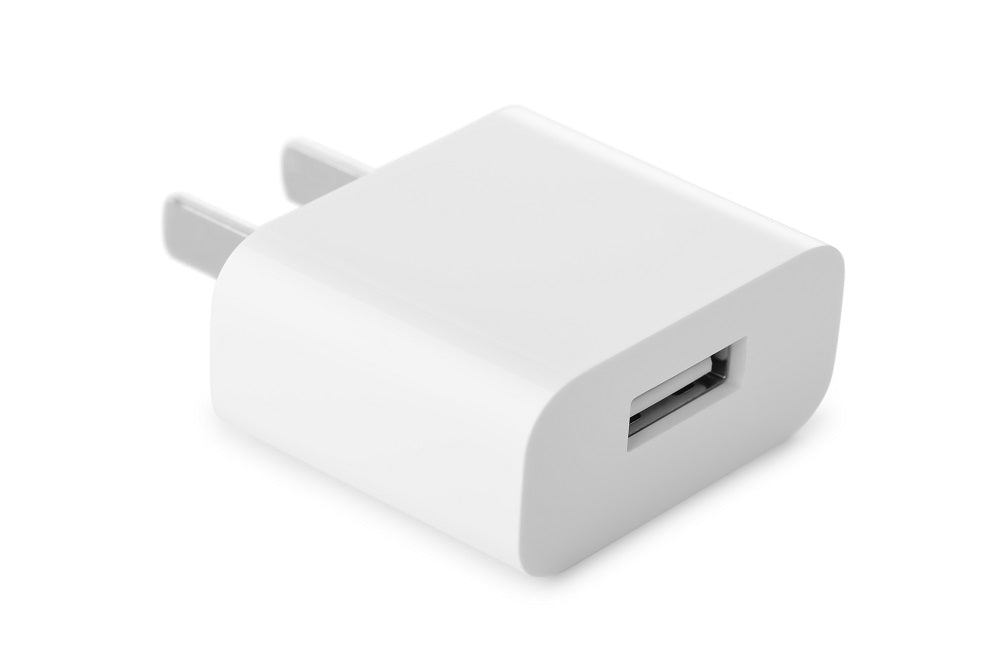How Lithium-Ion Batteries Are Charged Wirelessly

The latest thing in lithium-ion battery charging is wireless charging. You might even have first-hand experience by way of your cell phone. You place your phone on a charging pad and, like magic, it recharges without being plugged in. It is pretty amazing technology, albeit somewhat limited.
Scientists and engineers dream of the day when batteries automatically recharge on-the-fly. They envision loosely coupled charging devices being as prolific as USB charging stations, meaning you never have to make the effort to stop and charge your devices. Whenever you are near a wireless charging station, your batteries automatically charge themselves.
Before you get your hopes up, that day is far into the future. Wireless charging is still in its infancy. A lot of hurdles have to be overcome before automatic, ambient charging is reality. In the meantime, it is interesting to learn how the technology works.
Charging Lithium-Ion Batteries
The place to start this discussion is with the basic principles of charging a lithium-ion battery. When you plug our USB rechargeable batteries, electricity flows into the positive end of each battery. That pushes ions inside the battery to the negative end. Once all the ions reach their destination, the batteries are fully charged.
This is easy to do via a USB port or a wall outlet with a USB adaptor. Electrical current runs directly from its source to the battery, through the conductors. But in a wireless charging scenario, you don't have any sort of direct connection. So how does the electricity get from its source to the battery? By way of an electromagnetic field.
Scientist and electricity pioneer Nikolai Tesla proved that electricity could be transmitted through the air. However, he was never able to figure out a way to do it efficiently. His transmission method relied on creating a magnetic field through which electricity could travel. These principles and applications are being explored by modern engineers.
Generating a Magnetic Field
Today's wireless charging stations do what they do by creating a magnetic field. There are essentially two ways to do this, known as tightly coupled and loosely coupled. There is no need to get into the details here; it's sufficient to say that tightly coupled systems require devices to be closer together while loosely coupled systems allow for greater distance between the charger and the battery.
When you place a cell phone on a wireless charger, you are placing it inside an electromagnetic field generated by the charger. A small receiver antenna inside your phone picks up the magnetic field's signal and creates a coupling. With that connection, energy can flow from the charger into your phone, and then into its battery.
As well as the system works, it is super inefficient. Some estimates suggest power loss as high as 60%. Charging at 40% efficiency isn't all that efficient, is it? It's not, which is why wireless charging is still considered to be in its infancy.
For Now, Plug It In
There may eventually come a day when wireless charging can be accomplished over great distances and without the need to have devices tightly coupled to charging stations. Should that day ever arrive, we will be cutting the cords on our cell phones, laptops, and just about every other electronic gadget that runs on battery power. And at some point, we might be able to dispense with batteries altogether.
Remember that our USB rechargeable batteries come with a charging cable. Plug them into any standard USB port or wall outlet (with a compatible adapter) and they will fully recharge in about an hour or two (AAA’s and AA’s). You'll be on your way in no time.







